Rising Demand in Agriculture
The Caustic Potash Market is experiencing a notable surge in demand, primarily driven by its application in agriculture as a key ingredient in fertilizers. Potassium hydroxide, or caustic potash, is essential for enhancing crop yields and improving soil health. As agricultural practices evolve towards more sustainable methods, the need for high-quality fertilizers is increasing. In recent years, the market has seen a growth rate of approximately 4% annually, reflecting the agricultural sector's shift towards more efficient nutrient management. This trend is likely to continue, as farmers seek to optimize their production while adhering to environmental regulations. The Caustic Potash Market is thus positioned to benefit from this growing demand, as it plays a crucial role in supporting food security and sustainable farming practices.
Industrial Applications and Growth
The Caustic Potash Market is significantly influenced by its diverse industrial applications, particularly in the manufacturing of soaps, detergents, and textiles. The increasing demand for these products, driven by rising consumer preferences for high-quality and eco-friendly options, is propelling the market forward. In the chemical sector, caustic potash is utilized in the production of various potassium compounds, which are essential for numerous industrial processes. Recent data indicates that the industrial segment accounts for over 30% of the total caustic potash consumption, highlighting its importance. As industries continue to expand and innovate, the Caustic Potash Market is expected to witness sustained growth, driven by the need for versatile and effective chemical solutions.
Regulatory Framework and Compliance
The regulatory landscape surrounding the Caustic Potash Market is becoming increasingly stringent, influencing market dynamics significantly. Governments are implementing stricter environmental regulations aimed at reducing the ecological footprint of chemical manufacturing. Compliance with these regulations is essential for companies operating within the industry, as non-compliance can lead to substantial penalties and reputational damage. This regulatory pressure is prompting manufacturers to adopt more sustainable practices and invest in cleaner technologies. As a result, the Caustic Potash Market is likely to see a shift towards greener production methods, which may enhance product appeal and open new market opportunities. Companies that proactively adapt to these regulatory changes may gain a competitive edge in the evolving market landscape.
Technological Innovations in Production
Technological advancements are playing a pivotal role in shaping the Caustic Potash Market. Innovations in production processes, such as membrane cell technology, are enhancing the efficiency and sustainability of caustic potash manufacturing. These advancements not only reduce energy consumption but also minimize environmental impact, aligning with global sustainability goals. As manufacturers adopt these technologies, the cost of production is likely to decrease, making caustic potash more accessible to various industries. Furthermore, the integration of automation and digitalization in production facilities is expected to streamline operations, leading to increased output and improved product quality. Consequently, the Caustic Potash Market stands to benefit from these technological innovations, which may drive competitive advantages and market expansion.
Growing Demand for Clean Energy Solutions
The Caustic Potash Market is also being influenced by the increasing demand for clean energy solutions. As the world shifts towards renewable energy sources, caustic potash is finding applications in the production of biofuels and energy storage systems. Its role in the manufacturing of advanced batteries and fuel cells is becoming more prominent, as these technologies require high-purity potassium compounds. The market for clean energy is projected to grow substantially, with estimates suggesting a compound annual growth rate of over 10% in the coming years. This trend presents a significant opportunity for the Caustic Potash Market, as it aligns with the global push for sustainable energy solutions and the reduction of carbon emissions.


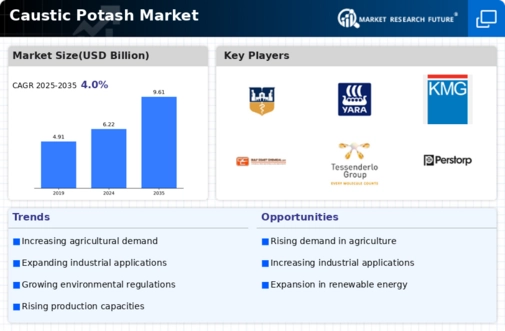

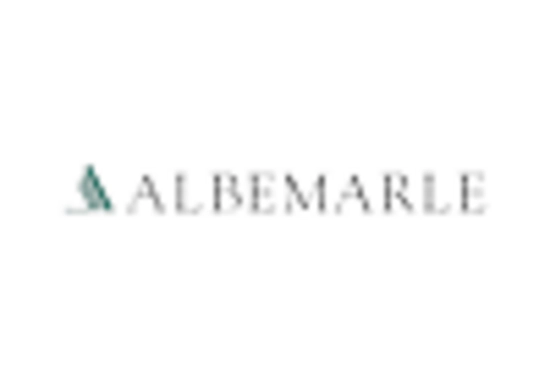
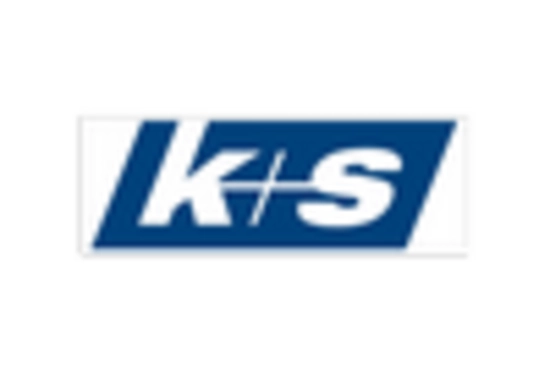
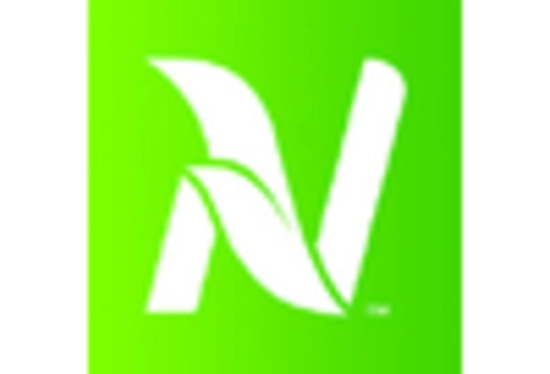
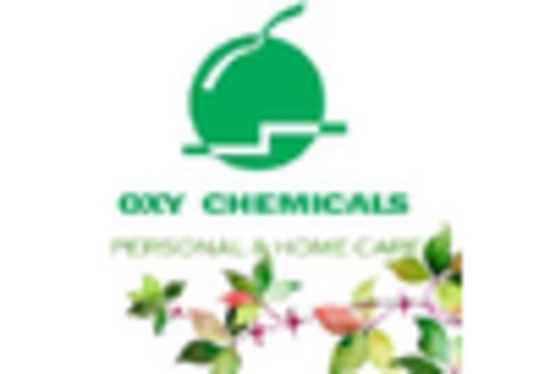
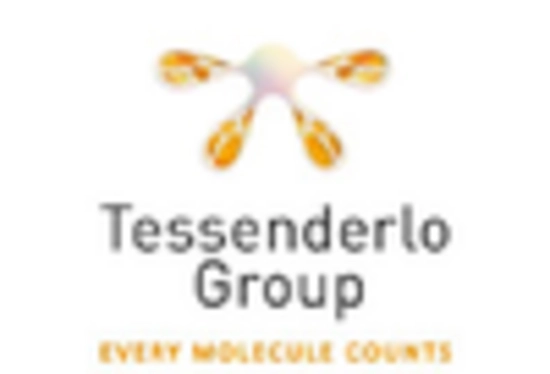
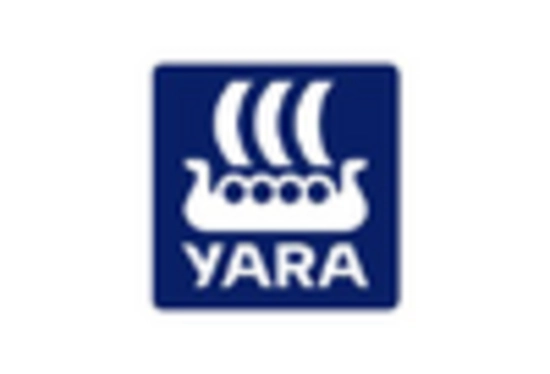








Leave a Comment